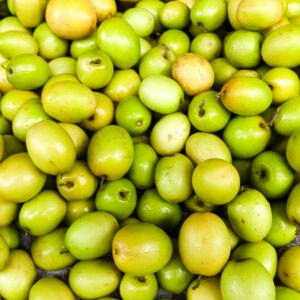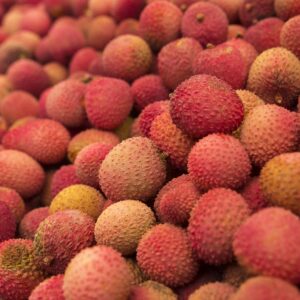Description
✅Oranges Specifications – General Overview:
-
Varieties:
-
Navel Orange: Sweet, seedless, with a thick rind; commonly found in the US and Europe.
-
Valencia Orange: Known for its juiciness and used widely for juice production.
-
Blood Orange: Characterized by its deep red flesh and tangy, sweet flavor.
-
Cara Cara Orange: A type of navel orange with pinkish-red flesh and a sweeter taste.
-
Mandarin Orange: Smaller, easy-to-peel, and sweet, commonly known as Clementines or Tangerines.
-
-
Quality:
-
Grade A: Fresh, firm, with no blemishes, bright color, and a sweet, balanced flavor.
-
Grade B: Minor imperfections, but still good for consumption or juicing.
-
Grade C: Overripe or damaged, typically used for juice or processing.
-
-
Size:
-
Small: 150g–200g per fruit (typically Mandarins).
-
Medium: 200g–250g per fruit (common for Navel and Valencia).
-
Large: 250g–300g per fruit (can be seen in large varieties like Cara Cara).
-
-
Color:
-
Ripe Oranges: Bright orange peel with a vibrant hue, depending on the variety.
-
Blood Oranges: Dark red to purple flesh.
-
Mandarins: Typically deep orange with thin, smooth skin.
-
-
Taste:
-
Sweet and tangy: Oranges are primarily sweet, with some varieties like Blood Oranges having a slightly tart undertone.
-
Juicy: With a refreshing and citrusy flavor profile.
-
-
Moisture Content: Approx. 85-90%, making them highly juicy and hydrating.
-
Shelf Life:
-
Shelf Life: 2–3 weeks at room temperature, depending on ripeness.
-
Cold Storage: Extends shelf life to 1–2 months when stored at 4°C–7°C.
-
Juice: Fresh orange juice lasts 2–3 days when refrigerated; commercially packaged juice has a longer shelf life.
-





Reviews
There are no reviews yet.